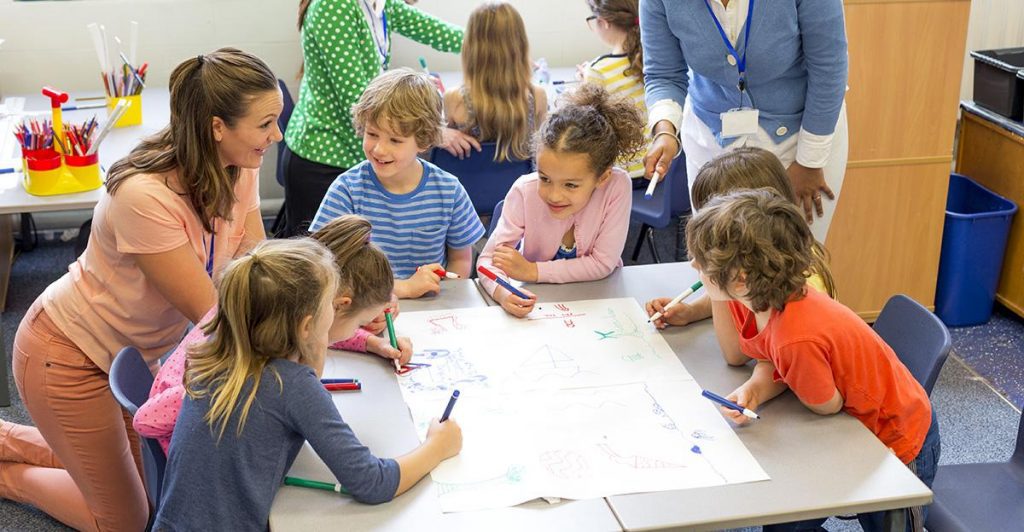As if teachers did not already have it hard enough with their curriculum requirements, now they must also work in social and emotional lessons as well. As we learn more about how essential these topics are to a child’s development it becomes even more evident that to not have your finger on the pulse of SEL (social emotional learning) within your classroom is a mistake. Often a teacher is one of the first people to introduce a child to these soft skills that will serve them all throughout their life. As this concept continues to trend upwards take advantage of all the resources available to help you bring SEL into your classroom.
Become a Specialist
Traditional teachers already incorporate many of these lessons into their existing plans, however schools are now recruiting Social Emotional Learning Specialists to join their faculty to focus on these topics with students as their main duty. There are many types of programs and degrees available for those who aspire to this career and the purpose of these offerings is to prepare educators for the responsibilities of integrating these subjects into their lesson plans. Earning additional certifications on top of your degree can be costly, but if you want to make yourself more marketable then they are essential. College tuition costs can be covered, at least in part, by taking out a student loan from a private lender. These firms have moderate flexibility with how their loans can be spent and you may be able to cover the costs of the additional certifications as well as traditional tuition.
Encourage Expression Through Art
Often children express any and every emotion they have in the way that they feel will best get them a quick and favorable result. Unfortunately, that can also mean acting out. Consider creating opportunities within your classroom for kids to keep their creative engines going while also being able to express themselves. Art is a great tool to allow students to express their feelings and explore different topics when they perhaps cannot properly articulate them. An example might be, instead of asking your students to draw a picture of how they celebrate their birthday, instead instruct them to draw a picture of how celebrating their birthday makes them feel.
Designate Physical Spaces for Managing Emotions
Adding something like a calm down corner in your classroom gives students a designated physical space to go to when they need to manage their emotions. Keeping this space consistently available can help them understand when they need to take a break from a situation, they are having trouble navigating. This space should be cozy and comfy, consider including calming materials for independent activities, books about peaceful mindsets, even elements like a fish tank or noise cancelling headphones can be productive.
The schoolyard can be a whole other opportunity to integrate SEL. Many schools have tried combat bullying, and the development of cliques, by putting common spaces for inclusion on their playgrounds. Commonly referred to as buddy benches these physical benches are placed in the schoolyard and it is taught to every student that if you are looking for a buddy you can go sit on the bench, and if you see someone sitting on the bench invite them to enjoy recess with you.
Do Daily Greetings
Kids thrive on human connection and positive reinforcement. Implementing the practice of daily greetings in your classroom gives your students a positive moment to expect as well as an opportunity to engage with their classmates and form bonds. You can set this up in a variety of ways, even simply standing at the door each morning and greeting each student by name is effective. If you want to take it a step further, you can designate a portion of your morning to the activity by going around the room and having each student say hi and good morning to the class.
Give Responsibilities
It may seem counterintuitive to give kids responsibilities to manage and develop their emotional skills, but it is a productive practice. When kids have an opportunity to be helpful it can build their sense of self and show them that they are a valued contribution to the team. Allowing your students to handle some things for themselves as well as for other classmates builds a sense of community that will serve them all throughout their life. Teaching the message that we are all in this together is crucial for developing the skills needed to be able to work in groups.

